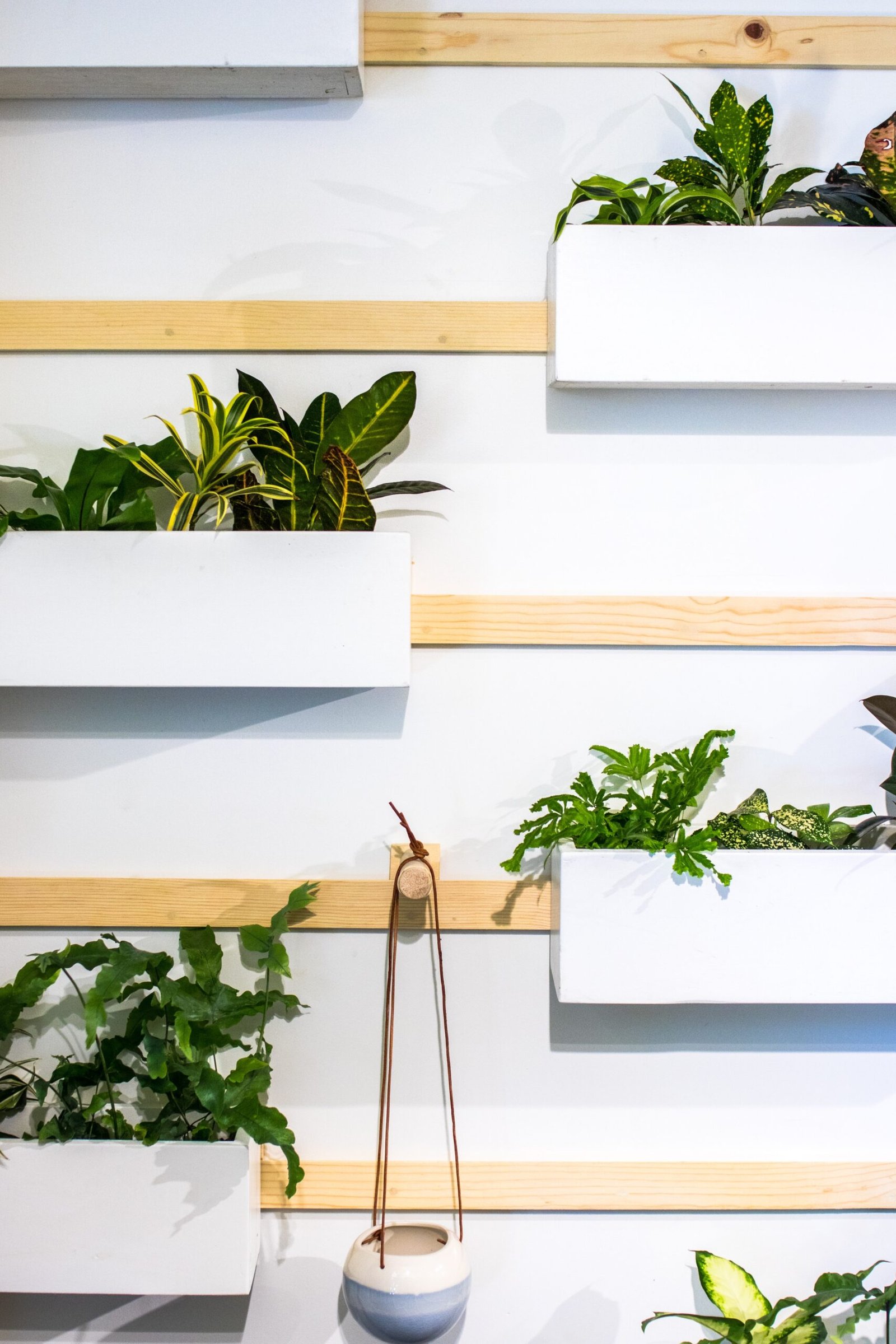 Introduction:
Introduction:
Design is an integral part of our everyday lives, shaping the world around us in ways both subtle and profound. From the products we use to the spaces we inhabit, design has the power to enhance our experiences, evoke emotions, and improve functionality. In contemporary contexts, design goes beyond aesthetics and incorporates various elements to create a holistic user experience. One such aspect that has gained significant attention is the influence of nature in design, known as biophilic aesthetics. This article explores the importance of biophilic design, its current trends, best practices, and creative insights.
Visual Design Principles:
Visual design principles play a crucial role in creating visually appealing and effective designs. Incorporating elements inspired by nature can greatly enhance the overall aesthetic and user experience. For instance, using organic shapes, natural colors, and textures can evoke a sense of calmness and connection with the environment. By integrating elements such as foliage patterns, water-inspired motifs, and earthy tones, designers can create visually stunning designs that resonate with users on a deeper level.
User Experience Considerations:
Design is not just about aesthetics; it is about creating meaningful experiences for users. When it comes to user experience, biophilic design can have a profound impact. By incorporating natural elements into user interfaces, such as intuitive navigation inspired by natural patterns or incorporating interactive elements that mimic the behavior of natural systems, designers can create engaging and immersive experiences. This not only enhances user satisfaction but also improves usability and encourages longer user engagement.
Sustainability in Design:
In today’s world, sustainability is a key consideration in design. Biophilic design aligns perfectly with sustainable practices, as it emphasizes the connection between humans and nature. By incorporating sustainable materials, utilizing energy-efficient technologies, and designing spaces that promote well-being, designers can create environmentally friendly designs that have a positive impact on both users and the planet. Biophilic design encourages the use of natural light, ventilation, and greenery, reducing the reliance on artificial lighting and air conditioning systems.
Impact of Design in Different Industries:
Design is not limited to a specific industry; its influence can be seen across various sectors. In architecture, biophilic design principles can be applied to create sustainable and inviting spaces that promote well-being. In product design, incorporating natural materials and forms can create products that are not only visually appealing but also evoke a sense of harmony with nature. In graphic design, using nature-inspired elements can create visually captivating designs that resonate with the target audience. The impact of design goes beyond aesthetics and can contribute to the success of businesses by creating memorable and meaningful experiences for customers.
Practical Examples and Case Studies:
To better understand the concepts discussed, let’s explore some practical examples and case studies. The Apple Park, designed by Foster + Partners, is an excellent example of biophilic design in architecture. The campus incorporates extensive green spaces, natural ventilation systems, and large windows to bring in natural light, creating a harmonious connection with nature. Another notable example is the packaging design of Method, a sustainable cleaning product company. Their packaging features vibrant colors inspired by nature and uses recycled materials, aligning with their commitment to sustainability.
Actionable Advice:
For designers looking to incorporate biophilic aesthetics into their work, here are some actionable tips:
1. Study and observe nature: Spend time in nature, observe its patterns, colors, and textures to gain inspiration for your designs.
2. Incorporate natural elements: Integrate organic shapes, natural colors, and textures into your designs to create a sense of connection with nature.
3. Use sustainable materials: Opt for eco-friendly materials that align with your design principles and promote sustainability.
4. Consider the user experience: Think about how your design can enhance the user experience by incorporating intuitive navigation and interactive elements inspired by nature.
Conclusion:
Biophilic aesthetics, the influence of nature in design, is a powerful concept that can greatly enhance the visual appeal, user experience, and sustainability of designs. By incorporating elements inspired by nature, designers can create visually stunning and meaningful experiences that resonate with users on a deeper level. Whether it is in architecture, product design, or graphic design, the impact of biophilic design is undeniable. As we continue to shape the world through design, let us embrace the beauty and wisdom of nature to create designs that not only captivate but also nurture our connection with the natural world.